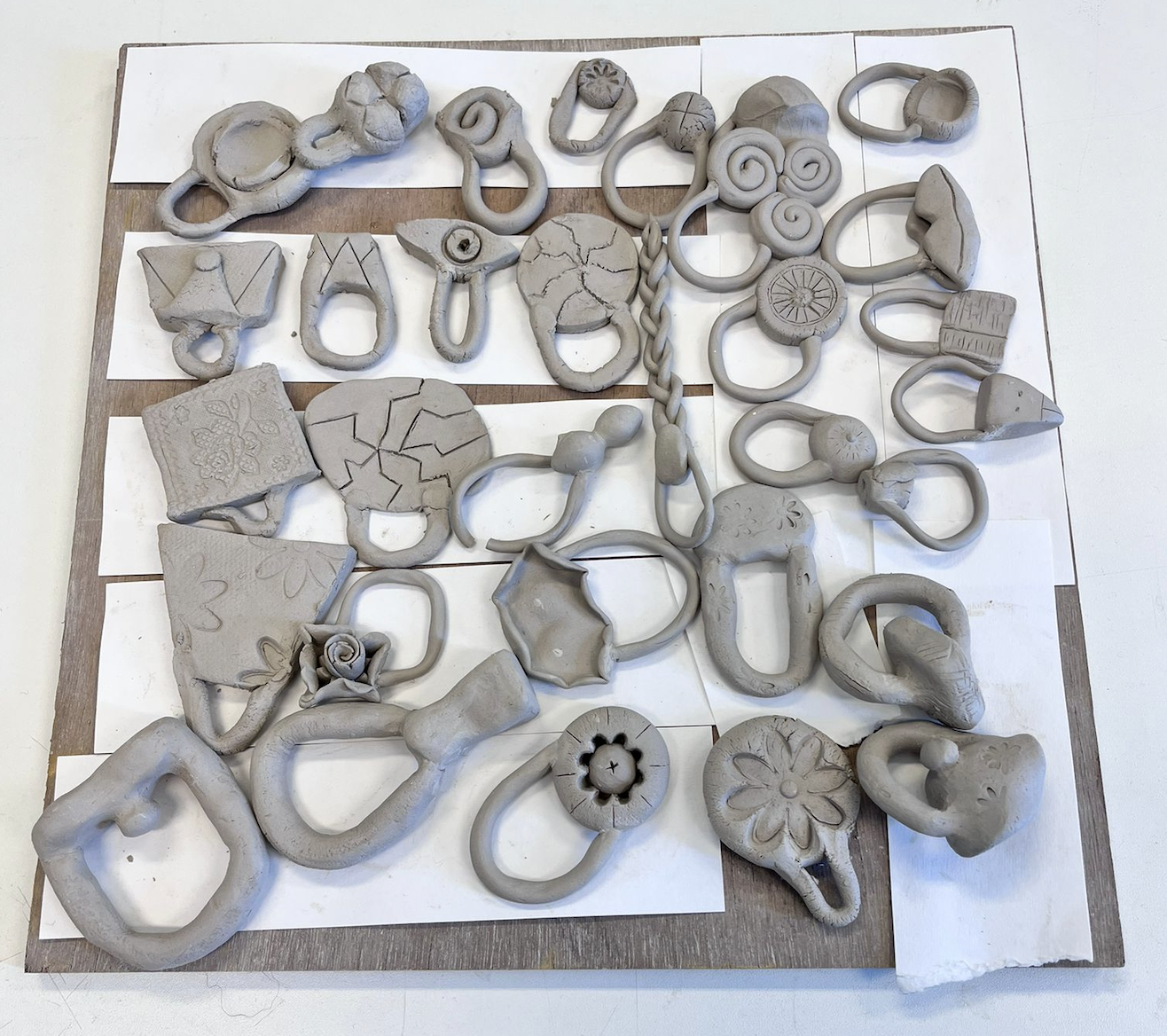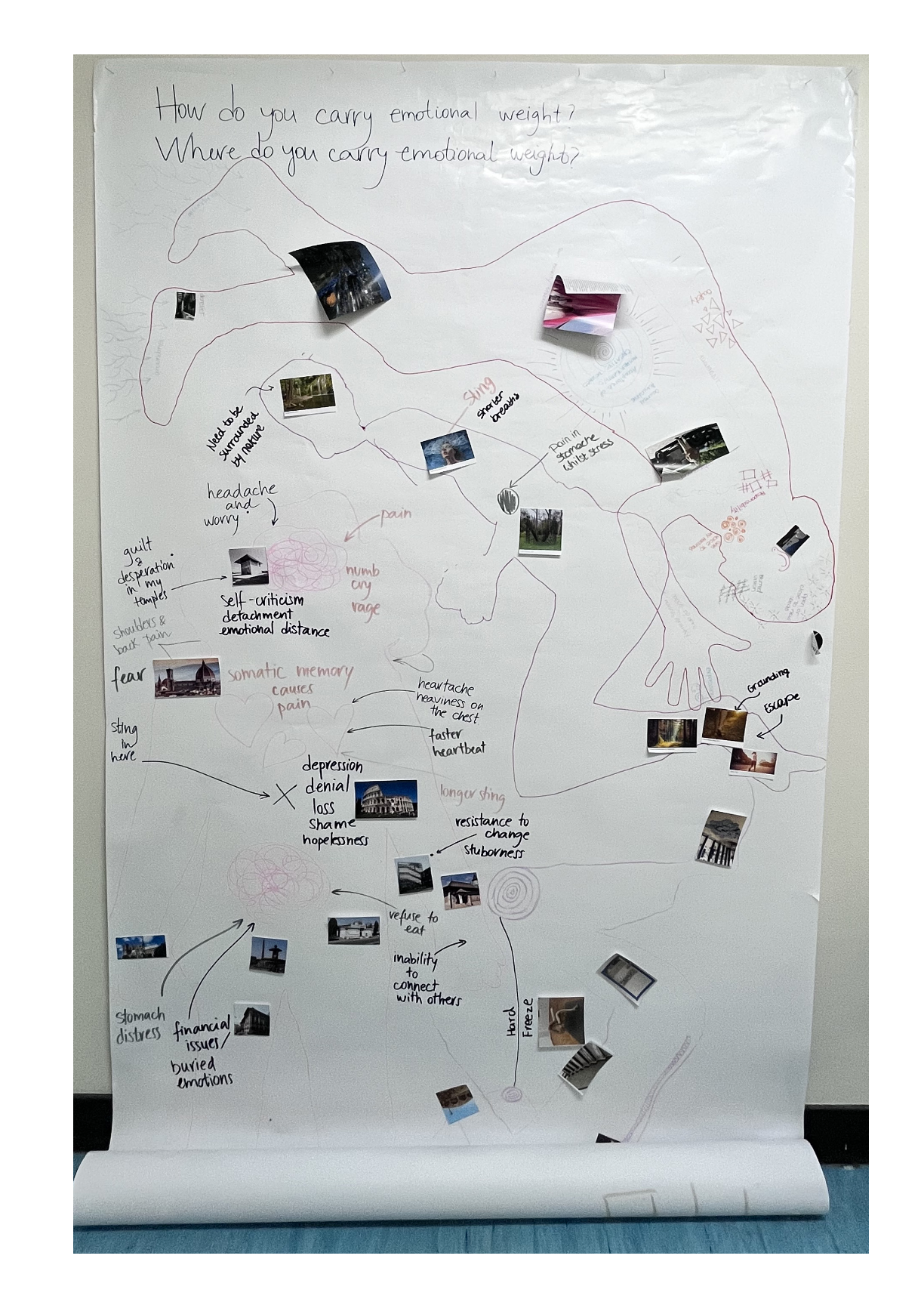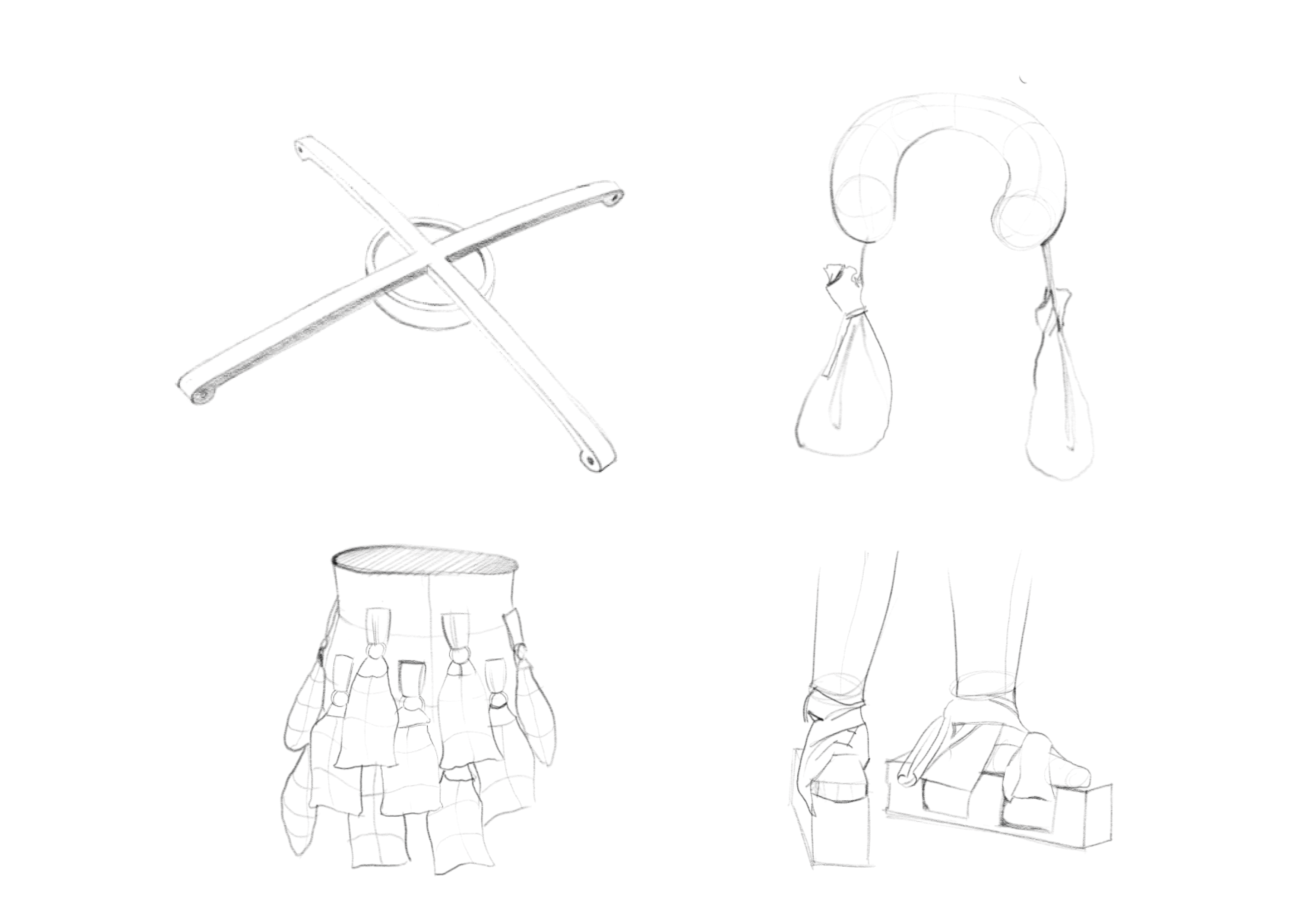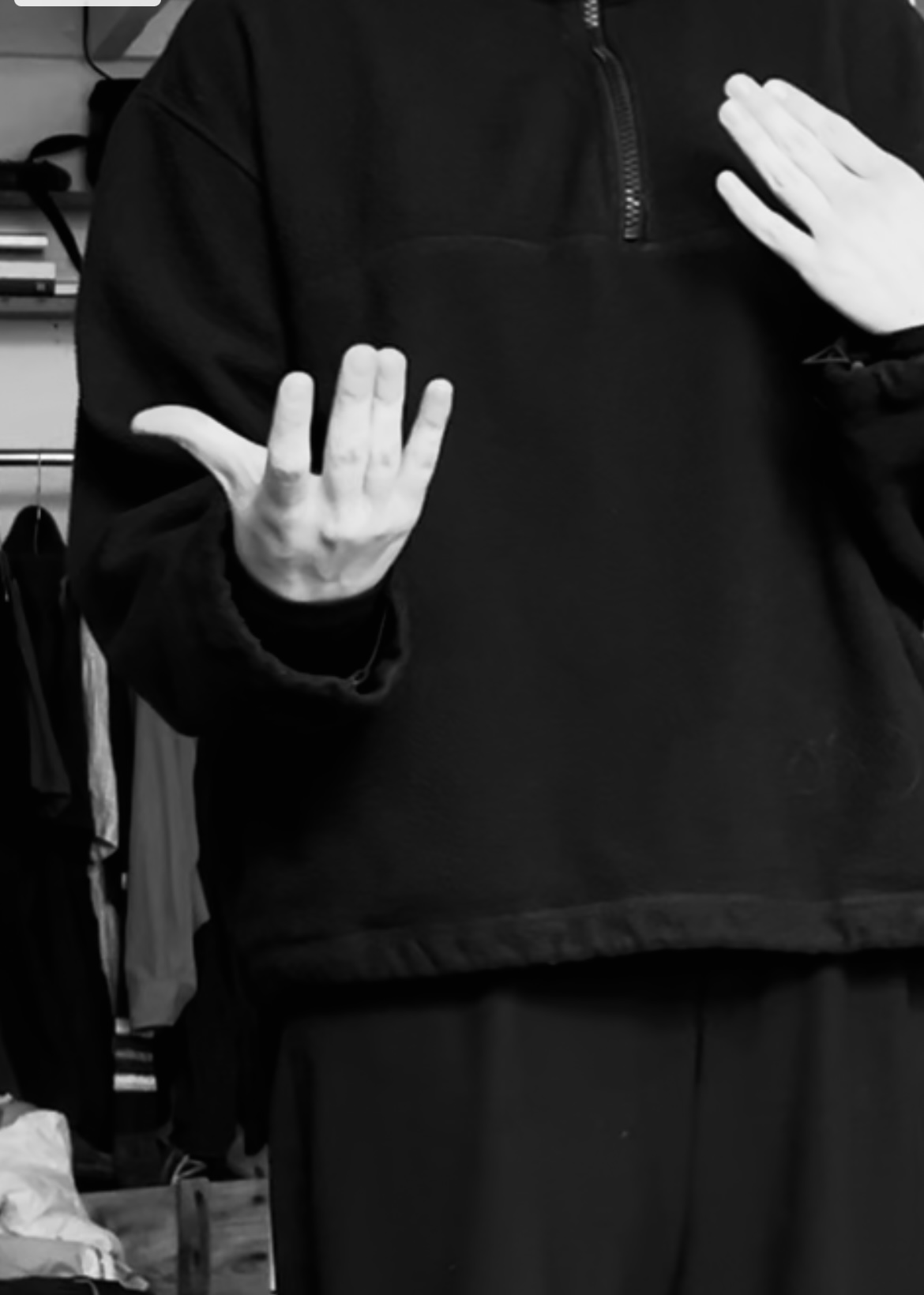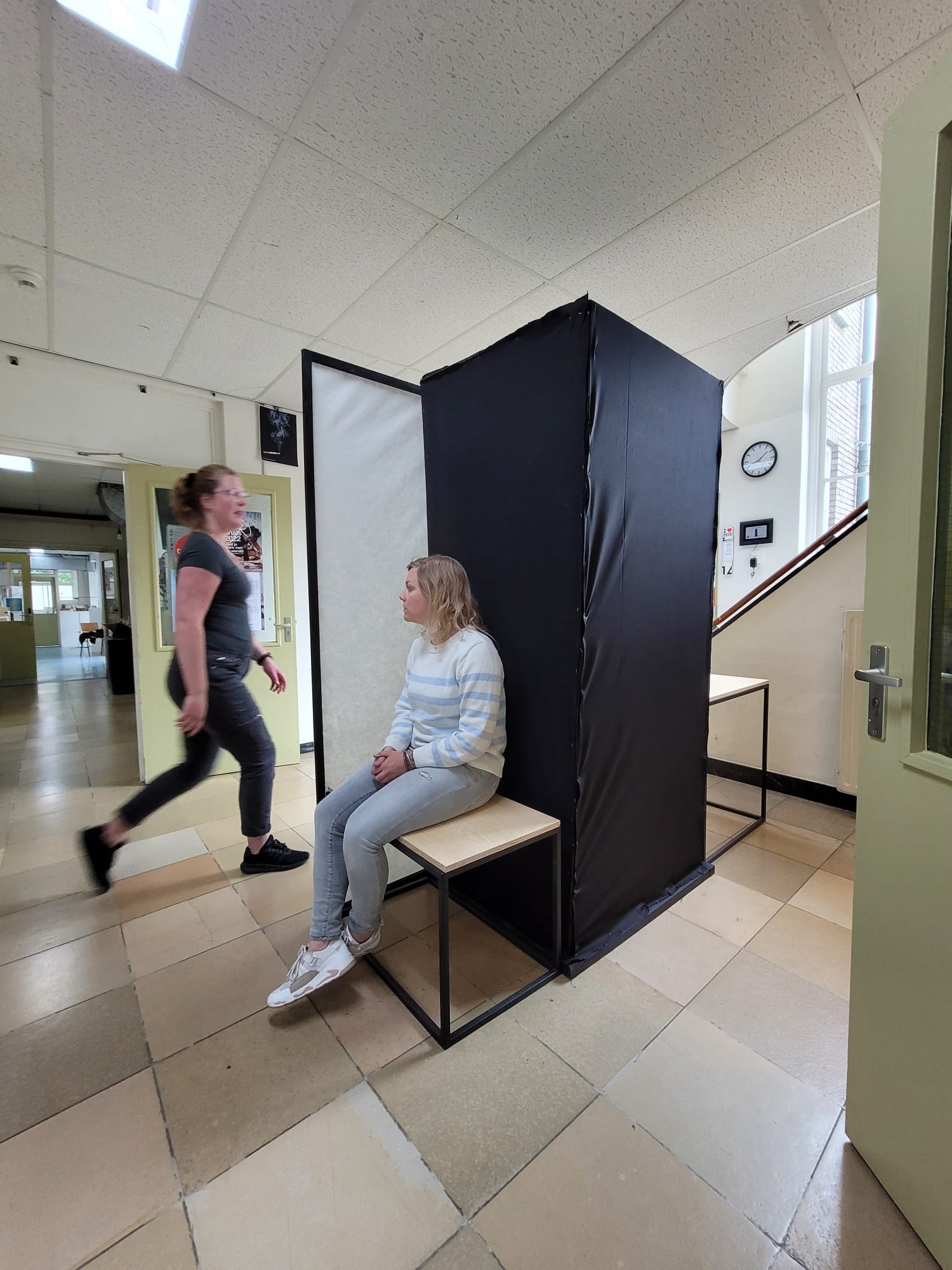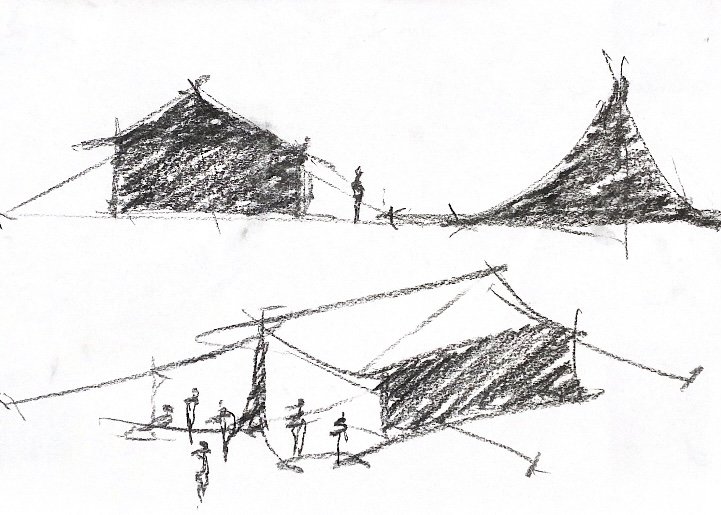TABLE OF EMOTIONS
To investigate the subject of symbols in space further, we decided to translate the symbolic act of putting things on the table into a physical table in which emotions could be placed inside, so it would become a table that holds emotions.
We worked with miniatures because manipulating 3d miniatures of known objects allows our memories to be triggered on a deeper level. In Poetics of Space Bachelard says “Imagination in miniature is natural imagination which appears at all ages… The cleverer I am at miniaturizing the world the better I possess it.”
There’s a whole chapter written on miniatures; for example, a scale drawing of a space is a miniature and a picture showing people small on a piece of paper is a miniature; we can better understand the world by making use of miniatures.
To gather data, we made a link to a page where people would send their words, in that way, we made it interactive. We got 160 entries and very positive feedback from everyone we approached so we came to the conclusion that this could become a method by which people can tell their stories and we as designers can discover people’s associations with objects in this way, are they positive? Are they negative?
From 160 entries, the butterfly was chosen by 13 different people, and they mostly had positive associations with the butterfly, the second most chosen object was the frog, which brought different kinds of emotions, this was interesting to discover, for instance, the orange, 3 different people associated oranges with calmness.
We as designers can translate this knowledge into spaces; perhaps the information about the oranges can become a space that smells like oranges. We wouldn’t have known this hadn’t we asked people to come together around the table, the table becomes a tool that allows the research to happen.
To sum up, what we did throughout this year, we learned a lot by doing, building, sewing, and exploring with our hands, we began with a method to investigate symbols on our bodies and how we carry these symbols on our bodies and we now conclude with a method to investigate symbols in the space and how the spaces can carry these symbols.
How can we research emotions with symbols in space?
Can miniatures play a role in this research?
Creating a user test by making a list the users can fill in and gather users around our table to join.
The question list was accessible by a QR-code that could be scanned (inside the table). We created a list with all outcomes. Here, you can see some of them.

